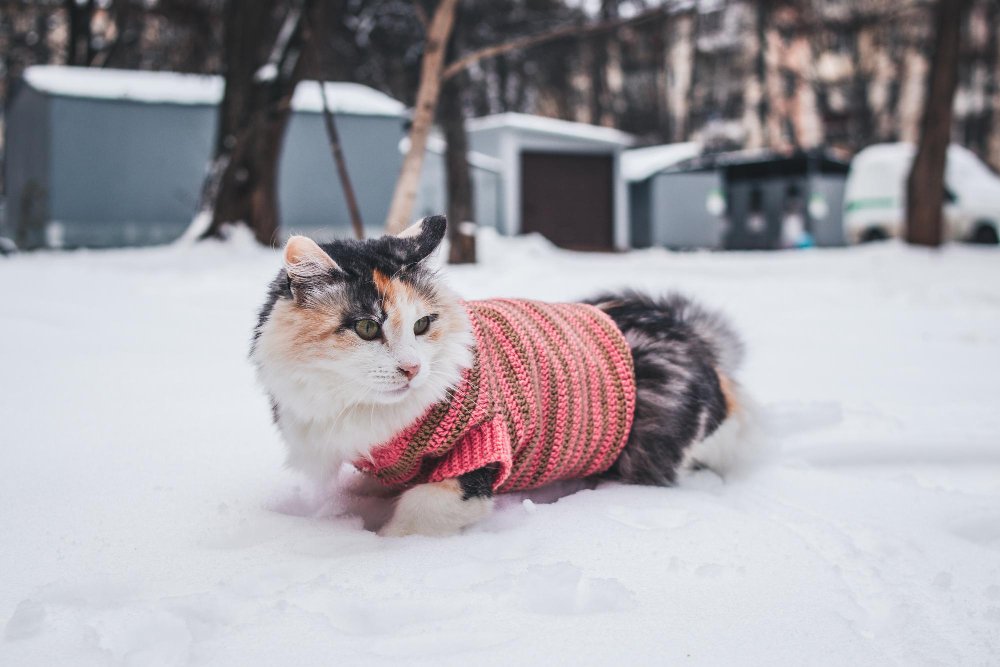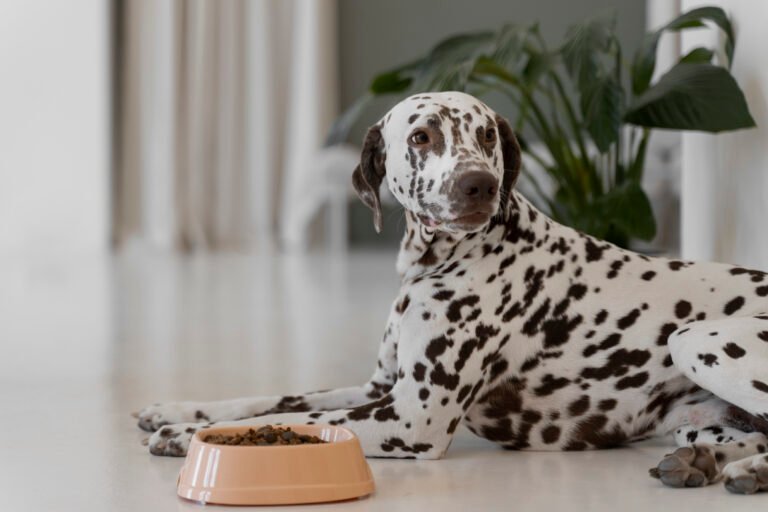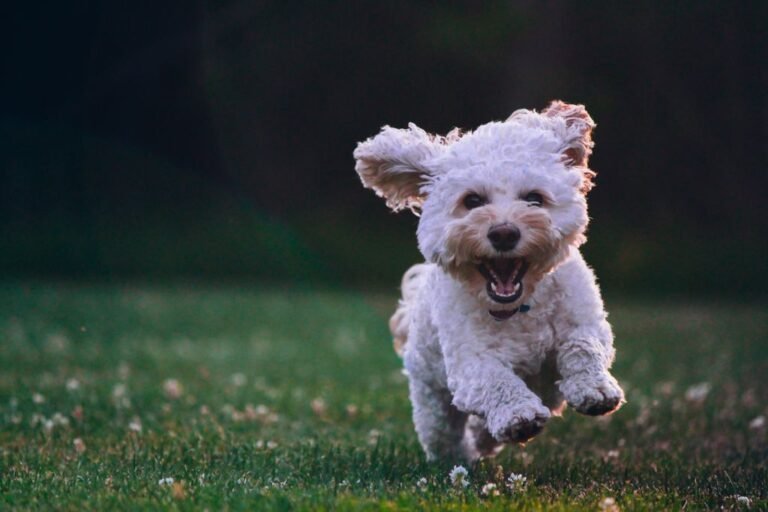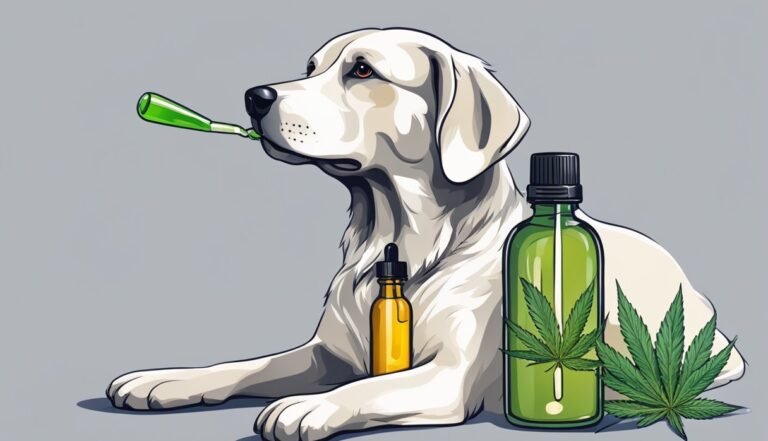Preparing Your Pet for Seasonal Weather Changes
Seasonal weather changes can have a significant impact on the well-being of our pets. It is important to understand how different seasons affect pets and the common health issues they may face during seasonal transitions. In this article, we will explore how to prepare your pet for winter and summer, as well as how to transition them between seasons. By following these tips, you can ensure that your furry friend stays happy and healthy all year round.
Key Takeaways
- Consult your veterinarian for any necessary dietary changes for your pet during seasonal transitions.
- Ensure your pet’s living space is winterized and protected from cold temperatures.
- Keep your pet hydrated and protected from heatstroke during hot summer weather.
- Gradually adjust your pet to temperature changes when transitioning between seasons.
- Maintain your pet’s exercise routine and make necessary adjustments with the seasons.
Understanding the Impact of Seasonal Weather Changes on Pets

How Different Seasons Affect Pets
Pets are also faced with seasonal changes. The crisp air, falling leaves, and shorter days signify that it’s time for pet owners to adapt their care routines to ensure the well-being of their furry companions. In this comprehensive guide, we’ll explore essential aspects of autumn pet care, covering everything from potential hazard to exercise routines.
Common Health Issues in Pets During Seasonal Transitions
During seasonal transitions, pets may experience common health issues that require attention. One important aspect to consider is meal scheduling. Consult your veterinarian about any necessary dietary changes for your pet during the colder months. They may need more or less food to maintain a healthy weight. Regular grooming is also essential during this time to keep your pet’s coat in good condition and to check for ticks, fleas, and mats that might be more common in autumn. Additionally, it is recommended to schedule a routine veterinary checkup before the colder months set in to address any potential health concerns and ensure your pet is in top shape to face the season.
Preparing Your Pet for Winter

Winterizing Your Pet’s Living Space
During the winter season, it’s important to create a warm and cozy living space for your pet. Indoor air can become dry, which can affect your pet’s hydration. Just like cars need the right coolant mix, pets need to stay hydrated! Here are some tips to winterize your pet’s living space:
- Ensure multiple freshwater sources are available in water bowls.
- Consider using a pet fountain, especially for cats who enjoy moving water.
- Check the air in your home and consider using room humidifiers to keep the air moist.
It’s also crucial to provide warm spots for your pets to snuggle into. Upgrade their bed to a self-warming one that doesn’t rely on electricity. This is especially important for older pets. Remember, showing love and care for your pets is a year-round job, just like maintaining your car. Stay warm!
Protecting Your Pet from Cold Temperatures
When it comes to protecting your pet from the cold temperatures, shelter and blankets are essential to keep them warm. They provide a safe haven for your pet, ensuring their comfort and safety. Look for options with adjustable temperature controls and safety certifications to ensure that your pet stays comfortable and protected. Additionally, consider using paw protectors or pet boots when walking your pet outside in winter. Snow or ice flakes can harm their paws, leading to cracks or infection. These protective covers will prevent any damage and keep your pet’s paws healthy. Another common issue during winter is dry skin. Just like human skin, your pet’s skin can also dry out in the cold weather. To prevent dryness and cracking, use pet-safe moisturizers to keep their skin moisturized and healthy.
Winter Grooming Tips for Your Pet
Maintaining your pet’s coat is important during the winter. Good quality brushes, shampoos, and conditioners are essential for pet’s fur care. They can prevent split ends, drying, and shedding. Additionally, consider adding oils to their diet after consulting your vet.
Here are some tips to winterize:
- Regular grooming: This prevents matting and promotes skin health.
- Moisturize: Use pet-friendly skin creams or sprays for dry spots.
- Limit bath time: Too many baths can strip essential oils from their skin. Use moisturizing shampoos when you do bathe them.
- Precipitation prep: Consider rain jackets or sweaters to protect their coat from winter weather.
Now you’re equipped with a comprehensive winter care guide for your pets. Whether it’s making dietary changes, ensuring their paws are protected, or keeping them entertained indoors, these winterization tips will make sure your pets are snug, safe, and happy until spring blooms again.
Need some extra advice or have further questions? Schedule your pet’s vet check-up. The winter season is the perfect time. It ensures all things are “running” properly and can help you catch any emerging conditions before they snowball.
And remember, while your car’s maintenance might be a seasonal chore, showing love and care for your pets is a year-round job. Stay warm!
Preparing Your Pet for Summer

Keeping Your Pet Hydrated in Hot Weather
During hot weather, it’s crucial to ensure that your pet stays hydrated. The high temperatures can cause dehydration, which can lead to serious health issues. Fresh water should always be available for your pet to drink. Consider providing multiple water sources throughout your home or yard to make it easily accessible for them. Additionally, you may want to invest in a pet water fountain, especially if you have a cat. Cats are known to enjoy moving water, and a fountain can encourage them to drink more. Remember to check the water bowls regularly and refill them with clean water.
In addition to water, you can also consider using a pet humidifier to keep the air moist. Just like humans, pets can be affected by dry indoor air, which can further contribute to dehydration. A pet humidifier can help maintain a comfortable level of humidity in your home, ensuring that your pet’s respiratory system stays healthy. By taking these simple steps, you can help keep your pet hydrated and prevent any heat-related health issues.
Protecting Your Pet from Heatstroke
During the hot summer months, it’s crucial to take steps to protect your pet from heatstroke. Wellbeing is a top priority, and here are some tips to keep your furry friend safe:
- Provide plenty of fresh water for your pet to drink and stay hydrated.
- Avoid leaving your pet in a hot car, as temperatures can quickly rise to dangerous levels.
- Limit outdoor activities during the hottest parts of the day and opt for early morning or evening walks.
- Create a cool and shaded area for your pet to relax in, whether it’s indoors or outdoors.
Remember, heatstroke can be life-threatening for pets, so it’s important to be vigilant and take preventive measures. If you notice signs of heatstroke such as excessive panting, drooling, or weakness, seek immediate veterinary care.
Tip: Never leave your pet unattended in a parked car, even for a short period of time. The temperature inside a car can become dangerously hot within minutes, even with the windows cracked.
Summer Safety Tips for Outdoor Activities with Your Pet
time to enjoy the great outdoors with your pets, but it also comes with unique challenges and risks. By following these pet safety tips for fall, you can ensure that your four-legged family members stay healthy and happy during this beautiful season. Remember to stay vigilant, be prepared, and make responsible choices to keep your pets safe and sound throughout autumn.
-
Maintain a Consistent Routine: As daylight hours decrease, it’s easy to fall out of your regular pet-walking routine. However, sticking to a consistent schedule is crucial for your pet’s well-being. Ensure they get enough exercise and fresh air even as the days get shorter. If you need to adjust the timing of walks, invest in reflective gear to keep your pet visible during darker hours.
-
Watch for Wildlife: When spending time outdoors, be mindful of wildlife that may pose a threat to your pet. Keep an eye out for snakes, insects, or other animals that could harm your furry friend. Avoid areas known for tick or flea infestations, and consider using preventive measures to protect your pet.
-
Clean Up Hazards: Before letting your pet roam freely in the yard, make sure to remove any potential hazards. Check for sharp objects like sticks or broken glass hidden in leaf piles. Regularly clean up your yard to prevent your pet from ingesting harmful substances or encountering small critters.
-
Provide Comfortable Shelter: As the weather gets cooler, ensure that your pet has a warm and comfortable shelter to retreat to. Provide them with a cozy bed or blanket in a protected area of your yard or bring them indoors during extreme weather conditions.
-
Stay Hydrated: Just like humans, pets need to stay hydrated, especially during hot summer days. Always carry a water bottle and a portable bowl when going on outdoor activities with your pet. Offer them water regularly to prevent dehydration.
-
Be Mindful of Heatstroke: Dogs are particularly susceptible to heatstroke, so it’s important to take precautions during hot weather. Avoid exercising your pet during the hottest parts of the day and never leave them in a parked car. Watch for signs of heatstroke, such as excessive panting, drooling, or weakness, and seek veterinary care immediately if necessary.
Remember, your pet’s safety and well-being should always be a top priority. By following these summer safety tips, you can ensure that your outdoor activities with your pet are enjoyable and worry-free.
Transitioning Your Pet between Seasons
Gradual Adjustment to Temperature Changes
As the seasons transition and temperatures change, it’s important to help your pet gradually adjust to the new weather conditions. Here are some tips to ensure their comfort and safety:
-
Adjust Timing: As daylight hours decrease, consider shifting your daily walks to earlier in the morning or late afternoon to ensure visibility and safety.
-
Dress Accordingly: Short-haired breeds and smaller dogs may need extra warmth during chilly autumn walks. Invest in a pet sweater or coat to keep them comfortable.
-
Indoor Activities: On rainy or particularly cold days, engage your pet with indoor activities to keep them entertained and active.
Remember, your pet’s well-being is a top priority, so make sure to provide them with the necessary care and attention during seasonal transitions.
Changing Your Pet’s Diet with the Seasons
As the seasons change, it’s important to make dietary adjustments for your pet to ensure their well-being. Consult your veterinarian about any necessary changes for your pet during the colder months. They may need more or less food to maintain a healthy weight. Regular grooming is also essential during this time to keep your pet’s coat in good condition and to check for ticks, fleas, and mats that might be more common in autumn. Additionally, scheduling a routine veterinary checkup before the colder months set in is crucial to address any potential health concerns and ensure your pet is in top shape to face the season. By being aware of these factors, you can provide the best care for your pet during the changing seasons.
Maintaining Your Pet’s Exercise Routine
Maintaining your pet’s exercise routine is vital throughout the year, including in autumn. Exercise in and of itself may not seem like a hazard, but fewer daylight hours and colder, wet weather can bring with them one or two minor risks. Here’s how to adapt to the changing weather:
- Adjust Timing: As daylight hours decrease, consider shifting your daily walks to earlier in the morning or late afternoon to ensure visibility and safety.
- Dress Accordingly: Make sure to dress your pet appropriately for the weather. Use a waterproof coat or sweater to keep them warm and dry.
- Watch for Hazards: During autumn, leaves can hide potential dangers such as sticks, rocks, or even small critters. Always supervise your pet when playing in leaf piles, and make sure to clean up your yard regularly to prevent potential hazards.
Conclusion
As the seasons change and autumn approaches, it’s important to prepare your pet for the upcoming weather changes. By following a few simple tips, you can ensure their well-being and comfort throughout the season. Start by consulting your veterinarian about any necessary dietary adjustments for your pet during the colder months. Regular grooming will help keep their coat in good condition and allow you to check for ticks, fleas, and mats that may be more common in autumn. Don’t forget to schedule a routine vet checkup to address any potential health concerns before the colder months set in. Additionally, adjust your pet’s exercise routine to accommodate the shorter daylight hours and colder weather. Dress them accordingly with sweaters or coats to keep them warm during walks. Finally, be mindful of seasonal allergies and watch for any signs of discomfort. With these tips in mind, you can ensure that your pet stays happy and healthy throughout the autumn season.
Frequently Asked Questions
How do different seasons affect pets?
Different seasons can have various impacts on pets. For example, in winter, pets may be exposed to cold temperatures, while in summer, they may face heatstroke risks.
What are common health issues in pets during seasonal transitions?
During seasonal transitions, pets may experience allergies, skin problems, or changes in appetite. It’s important to monitor their health during these times.
How can I winterize my pet’s living space?
To winterize your pet’s living space, you can provide warm bedding, ensure proper insulation, and limit drafts in their area.
How can I protect my pet from cold temperatures?
To protect your pet from cold temperatures, you can dress them in appropriate clothing, limit their time outdoors, and provide them with a warm shelter.
How do I keep my pet hydrated in hot weather?
To keep your pet hydrated in hot weather, make sure they have access to fresh water at all times and avoid exercising them during the hottest parts of the day.
What are some summer safety tips for outdoor activities with my pet?
Some summer safety tips for outdoor activities with your pet include avoiding hot pavement, providing shade, and using pet-safe sunscreen.






